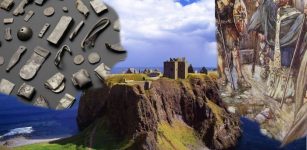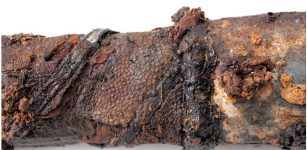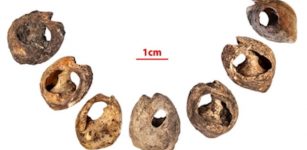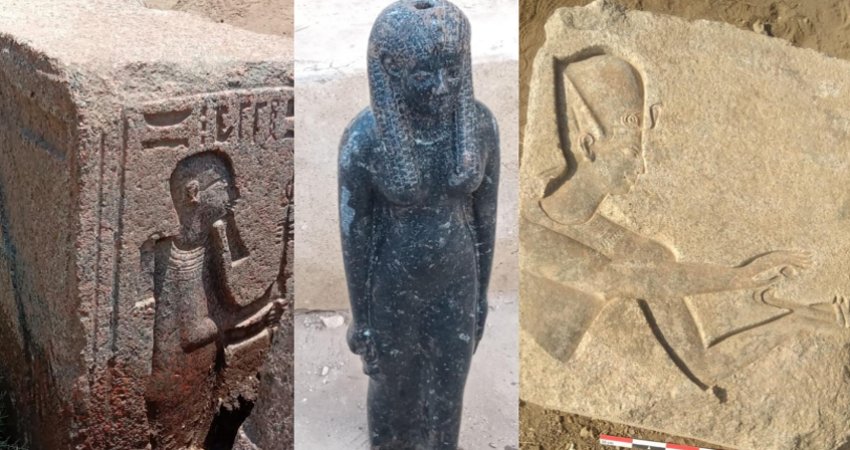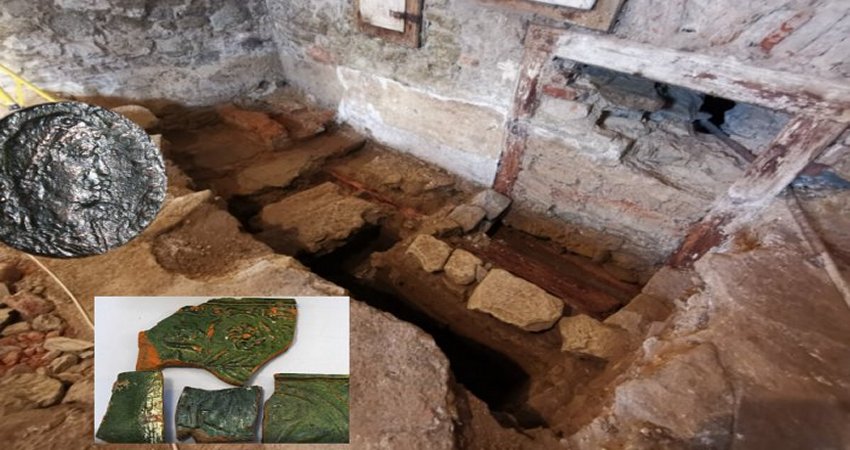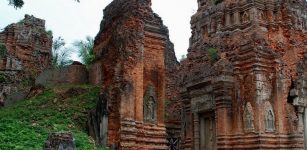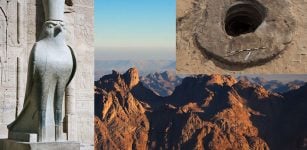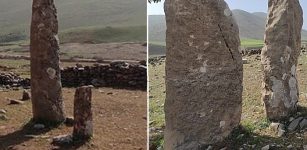Controversy Of King Tutankhamun’s Tomb Continues: Experts Disagree If The Tomb Contains A Hidden Burial Chamber Of Queen Nefertiti
MessageToEagle.com – Controversy of King Tutankhamun’s tomb is continues. Experts have disagreed on whether ongoing radar scans would reveal the existence of a hidden burial chamber within King Tutankhamun’s tomb holding the final resting place of Queen Nefertiti.
Should radar scans be carried out or not?
In March, 2026 experts announced radar scans carried out in November last year pointed to “different things behind the walls.”
British Egyptologist Dr Nicholas Reeves believes the remains of Tutankhamun, who died 3,000 years ago aged 19, may have been rushed into an outer chamber of what was originally Nefertiti’s tomb.
If there is a hidden chamber within King Tutankhamun’s tomb, it could contain the remains of Queen Nefertiti.
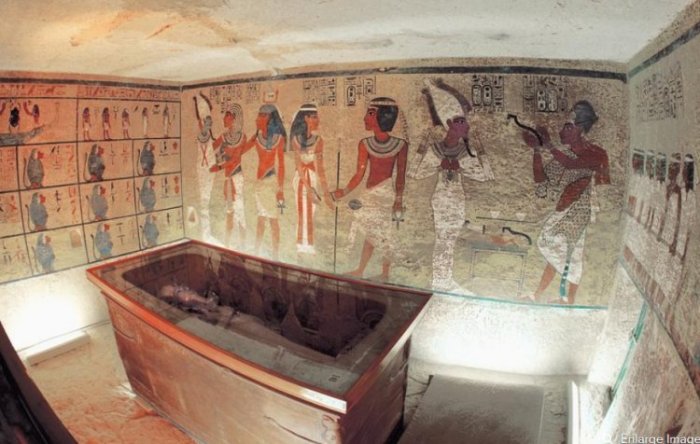
So, basically archaeologists should keep investigating the possibility, but not everyone agrees it’s the right course of action.
During the last session of a three-day conference held in Egypt, to discuss Tutankhamun and his treasured funerary collection, on whether the king’s tomb contains a hidden chamber holding the final resting place of Queen Nefertiti, archeologists disagreed how to proceed.
Should radar scan surveys be carried out on the boy-king’s tomb in Luxor in an attempt to uncover any existing hidden chambers by using non-invasive methods?
Former minister of antiquities Mamdouh Eldamaty supported the theory and the survey mission, saying that more radar scans from the top of the tomb should be carried out in order to reach the accurate results.
However, former antiquities minister Zahi Hawass rejected the theory, asserting that nothing lay beyond the burial chamber in the boy-king’s tomb.
He also raised doubts over whether radar scans can be used to make archaeological discoveries.
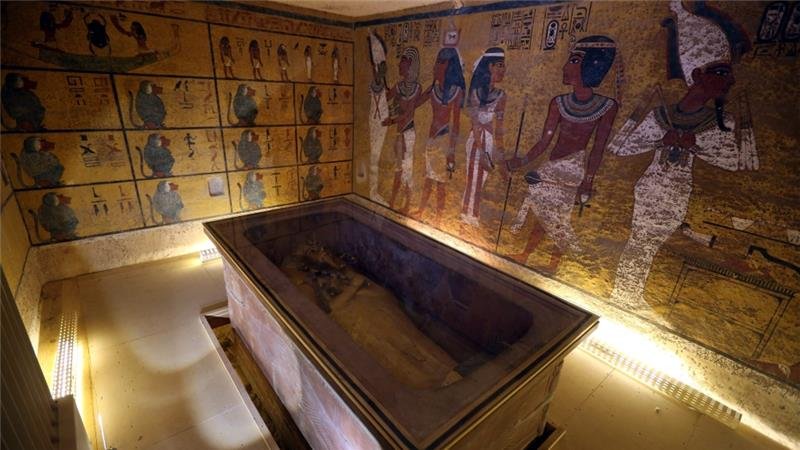
“In my entire career, I have never come across any discovery in Egypt made by radar scans,” he said.
Hawass suggests that in order to test the accuracy of the radar, scans should be carried out on tombs that are already known to contain hidden chambers, such as King Ramses II’s tomb, which has 10 sealed chambers.
Dr Nicholas Reeves is still convince there is a hidden chamber inside King Tut’s tomb, but most of the scholars and Egyptologists who attended the conference rejected Reeves’ theory, saying it has no basis in reality.
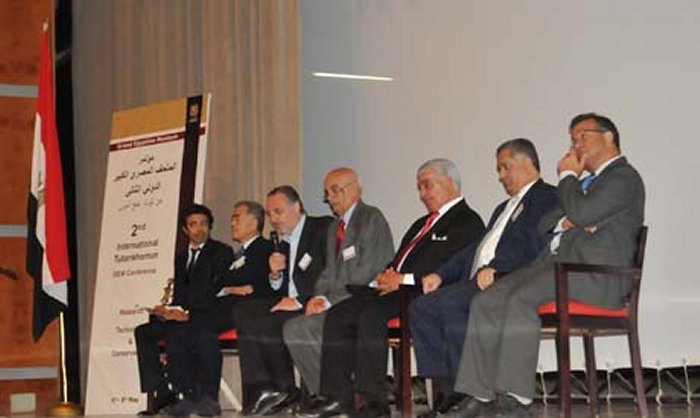
Friederike Seyfried, Director of the Egyptian Museum and Papyri in Berlin is one of those who find Reeves’ claim that the tomb of Nefertiti lies behind the northern wall of the burial chamber is a mere hypothesis. Seyfried rejected Reeves’ claim that a scene depicted on a wall within the tomb shows Tutankhamun performing the “opening of the mouth” ritual for Nefertiti, saying that an inscription shows that it is in fact King Iy who is performing the ritual for Tutankhamun.
See also:
Queen Nefertiti Tomb Hunt Revealed Possible ‘Organic Material’
Radar Scans Suggest Hidden Rooms Lie Behind Tut’s Burial Chamber
“The sudden death of the boy-king led the tomb’s builders to finish the tomb quickly and close it up, which is why a cavity was found. I believe that the ancient Egyptian artist would never make a depiction of the pharaoh without a direct inscription beside,” Seyfried said.
Antiquities minister Khaled El-Enany asserted that the conference shows that science is a priority and “we are not against any scientific project,” adding that the scientific endeavour would ultimately reveal the truth.
“The scans of the tomb will continue in line with the scholars’ recommendations, but no physical exploration will be allowed unless there is 100 percent certainty that there is a cavity behind the wall,” El-Enany concludes.
It seems that without a mutual scientific agreement the radar scans of King Tutankhamun’s tomb will simply not be carried out.
MessageToEagle.com


